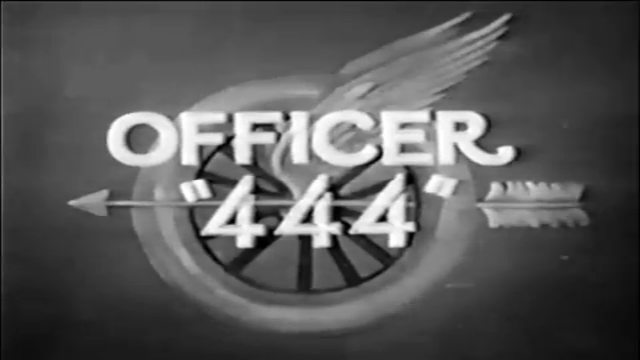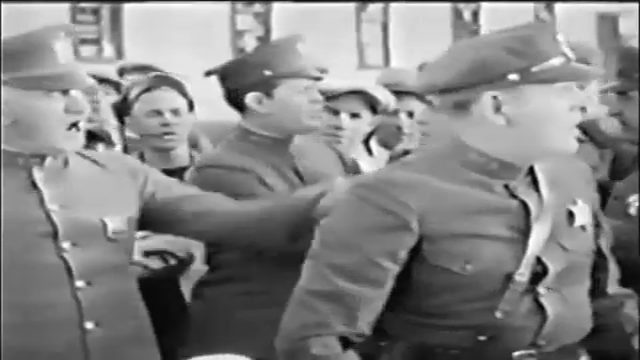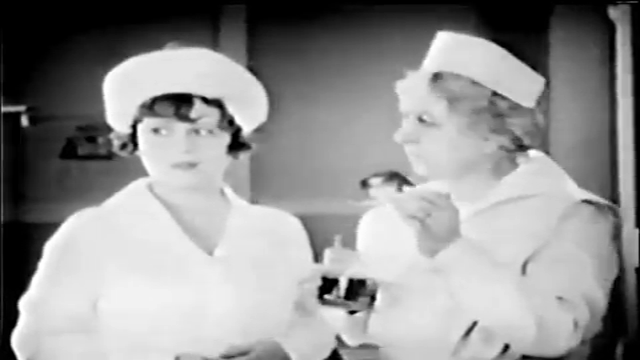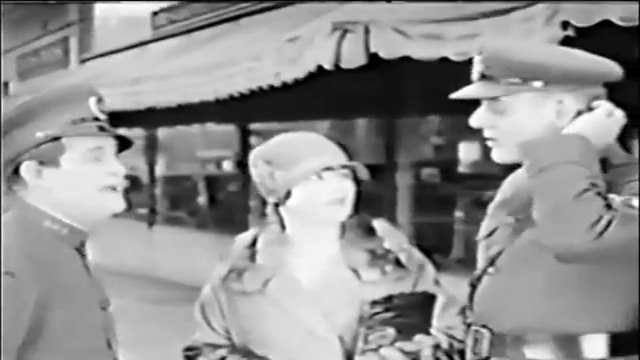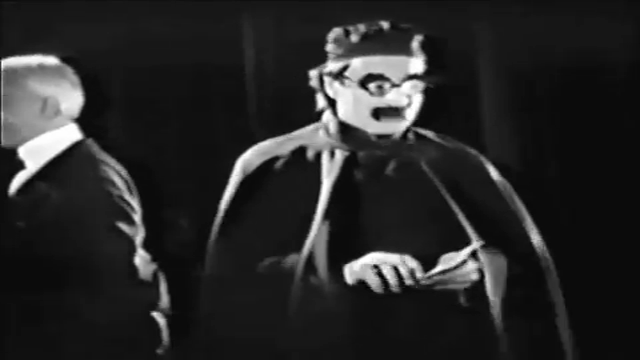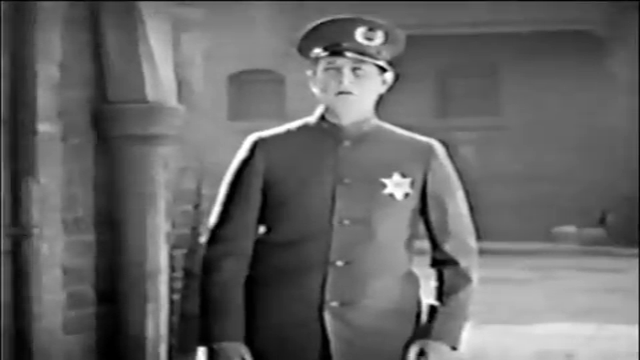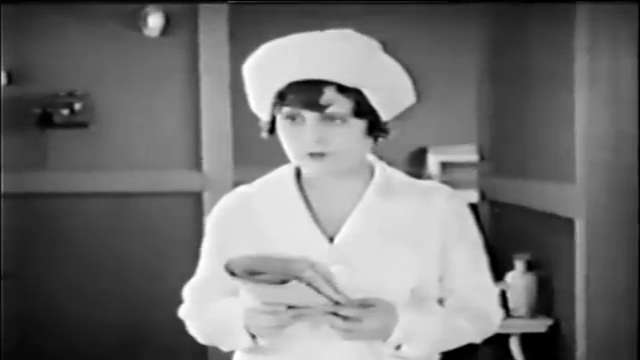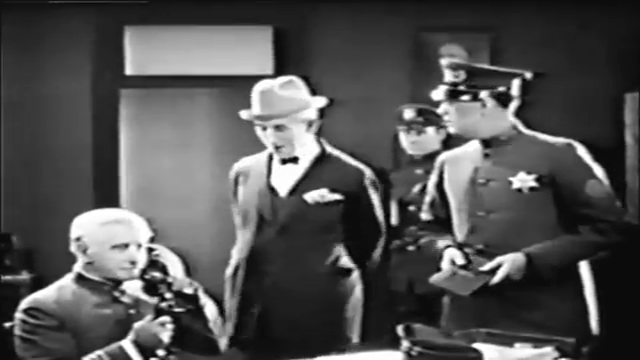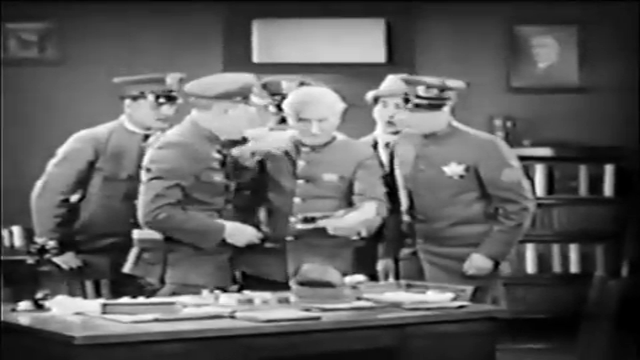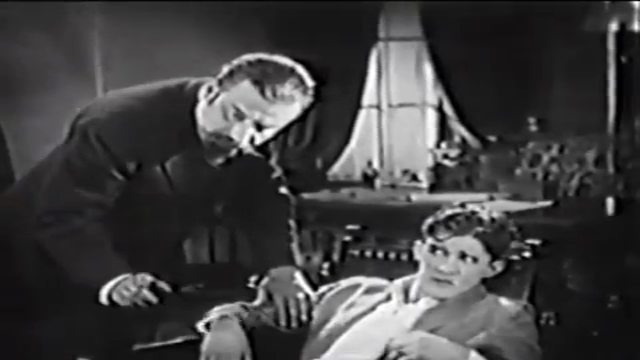-
#406 – Officer 444 (1926)
Officer 444 (1926)
Film review #406
Director: Francis Ford
SYNOPSIS: When a new miracle chemical called “Haverlyite” is discovered by Professor Haverly, he intends it for the good of humanity. When he is killed by the criminal known only as “The Frog,” who wants the chemical for his own evil ends, Officer 444 of the flying squadron must stop The Frog and find Haverly’s son: the only other person who knows the secret formula for Haverlyite…
THOUGHTS/ANALYSIS: Officer 444 is a 1925 silent movie serial comprised of ten chapters. In the opening chapter, we see a building on fire, as the police and firefighters rush to get the situation under control. Officer 444, a member of the flying squadron revered by the community, heads into the burning building to rescue people trapped inside, and also to apprehend some dangerous criminals within. As is typical with these serials, the first chapter opens up with an ambitious scene involving lots of people and action in order to entice people in to coming back to the theatre for succeeding chapters, and doesn’t particularly tie in to the rest of the story. The plot itself centres around the discovery of a miracle chemical called Haverlyite, named after its discoverer Professor Haverly. The criminal known only as “The Frog” wants the formula for his own purposes, but when Haverly is killed, the secret formula dies with him…until that is, Haverly’s son appears on the scene. However he has lost his memory of the formula following his attempted abduction and his Father’s death, and so Officer 444 and The Frog do battle over young Haverly as Officer 44 tries to chase him down through the various chapters. The plot is easy enough to follow, and while nothing too special, is kept entertaining with a balance of action and investigation. The miracle formula of Haverlyite is left rather vague as to its applications: it has the power to heal people, but also to be a weapon of some form that The Frog wants to use to take over the world. The vagueness is, I think, part of the message of the film that any scientific discovery may be used for either good or evil, as evidenced by the foreword at the beginning of each chapter.
The cast of characters is fairly large, and adds some variety to proceedings: Officer 444 is the typical lead, and nurse Gloria Grey provides the typical female role, although I suppose it is a bit more involved than the glorified secretarial role most female roles have in these serials, as her nursing profession gives her purpose in scenes such as where she is working to restore young Haverly’s memories. Patrick Casey is Officer 444′s sidekick in the police force, and helps out with the more physical scenes. As you might be able to tell from the name, he fits the stereotypical Irish policeman role, but it will be a long time before cinema moved away from stereotypes. The Frog is presented as a clever criminal who disguises himself as a disfigured man. He sends a woman known only as “The Vulture” to stop 444 and interrupt his plans. While it is rare to find a second woman in a serial such as this, she does fit the role of an ambitious or clever woman that is always on the side of the villains, a role also seen in The Power God released a year earlier with the main villain’s wife. One of the more noteworthy characters is the chief of police played by August Vollmer, who was an actual police chief and one of the most influential in defining policing in the U.S. for better or worse. Dr. Blakely is a mysterious doctor whose purpose and identity provide an ongoing mystery that is only resolved in the final scenes, again providing incentive to get viewers coming back each week.
The serial does a good job of balancing the action and investigation scenes. There’s plenty of car chases filmed ambitiously, and some daring stunts such as a train switching tracks at the last second to avoid Officer 444. The fist fights aren’t as well executed, but it wasn’t until a few years later that fight choreography seemed to be more considered on film. Of particular note on the investigative side is the use of a polygraph or lie detector machine (called a “lieing machine” in the serial). This would have been a fairly recent invention and is probably the first time the device was featured on film. I wonder if Vollmer’s involvement allowed them to get their hands on one, since he would have been using them in his own police force at the time I suppose…
Overall, Officer 444 is a fairly standard serial, but at the time it garnered quite a lot of popularity from what I can tell. It’s story is easy enough to follow, but has a decent sized and varied cast who play a clear role in events. The action scenes showcase car chases and fights that are imaginatively and dramatically shot to emphasise the heroics of the heroes, and there’s enough mystery surrounding certain characters to keep viewers coming back. It’s not too noteworthy from a historical perspective, but it gives a somewhat interesting look at policing in the 1920′s if that interests you.
